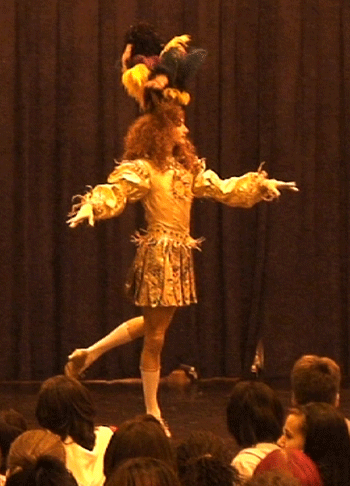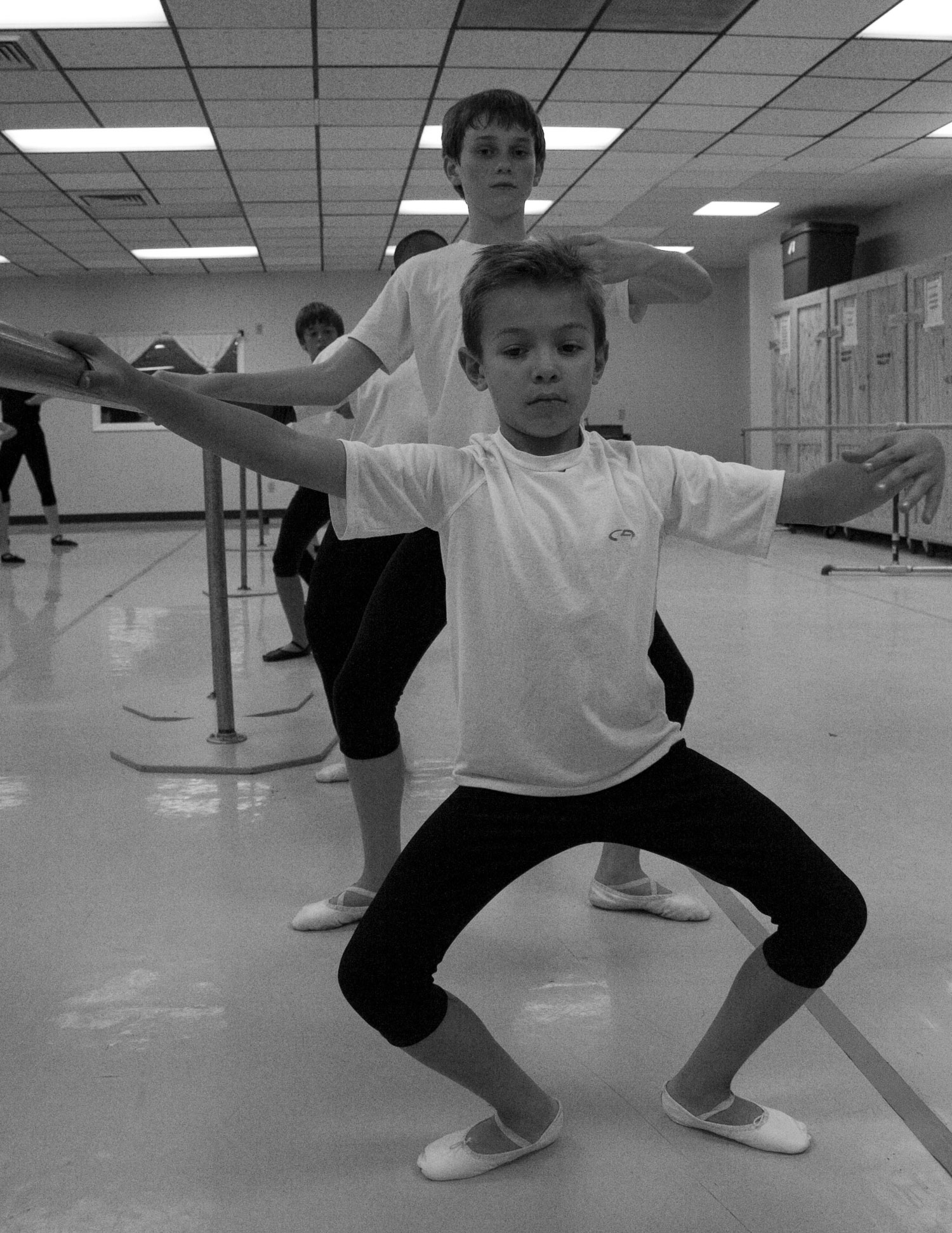 |
|

| Majestic Makeover |
| En Pointe |
| Menace to Masterpiece |
| A Way with Words |
| The Art of Giving |
| Making it Write |
| Tattoo Taboo? |
En Pointe: Building Appreciation for Wisconsin Ballet |
||||||||||||||
| Alaina Wendlandt | ||||||||||||||
It is not a typical Friday morning at Milwaukee Montessori school, as children are ushered into the church auditorium to prepare for a morning of classical ballet education—a subject stereotypically pinned as yawn-worthy and stuffy. On this particular morning, however, interactive storytelling and characters in tights and sparkling tutus take the place of musty encyclopedias. The lesson, titled "The King Who Danced," is led by costumed dancers from the Milwaukee Ballet’s second company and Alyson Vivar, director of education for the ballet. Vivar and her dancing accomplices take the children from the earliest days of the classic dance style, starting with King Louis XIV all the way to Milwaukee ballet today, highlighting time periods when dancers risked their lives to perform as they were suspended in mid-air by wires or set afire when costumes brushed against candles lighting the theater. In the same era, fanatics of famous Italian ballerina Marie Taglioni were rumored to have cooked and eaten her dance shoes as a display of affection. This narrated performance, part of the Milwaukee Ballet’s city outreach program titled “Ballet-in-a-Box,” elicits poignant responses from its captive, yet critical audience. Kids wrinkle their noses as the first male dancer enters wearing traditional tights. Others give standing ovations to another dancer’s “grand allegro”—an impressive combination of large jumps and turns, requiring a significant level of athleticism and training. The “Ballet-in-a-Box” tour, which runs four weeks of each year, is not just a chance for the ballet company to entertain children. It represents a shared mission among many classical dance artists around the state to strike down misconceptions that have led to ballet’s dwindled popularity. It is one piece of a collective effort to revive respect for the art in Wisconsin, starting with the children, from the ground up. Building audiences
“To [build a dance community] you’ve got to have the artists—the dancers that can perform at a professional level,” Smith said. Madison Ballet’s goal is to create an institution equivalent to the size and prestige of the Madison Symphony Orchestra and Madison Opera. The school is now more than 300 dancers strong and this year—for the first time in city’s history—Madison will have a professional ballet company. |
||||||||||||||
1 | 2 | 3 print this article |
||||||||||||||
About Us | Contact Us | Business Partners | Archives | Sitemap
Copyright 2007 Curb Magazine

